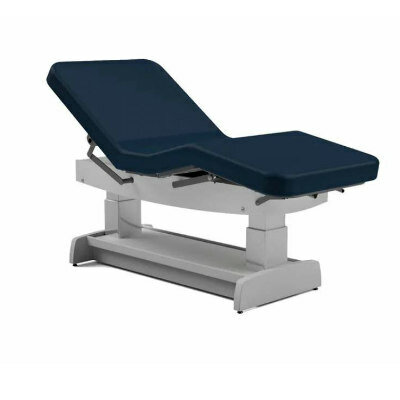Critical Care

Proton Therapy Provides Safe, Long-Term Treatment for Hodgkin Lymphoma
In spite of various successes in treating patients with Hodgkin lymphoma, many patients suffer from the late effects of radiation therapy and chemotherapy treatment, including the possible onset of breast cancer or heart disease. More...07 Jul 2014




In Other News
Pulmonary Embolism Thrombolysis a Double-Edged Sword
Professional CGM System Improves Glucose Control

Finger Sensor Warns of Impending Respiratory Distress
Predictors of Post-Stroke Hospital Readmission Identified
Exoskeleton for Paraplegics Demonstrated at FIFA World Cup
CPAP Most Effective for Treating Sleep Apnea
Excessive Platelet Sterilization Potentially Dangerous
CPR Device Improves Outcomes While Reducing Fatigue

Viagra Use Raises Skin Melanoma Risk
Brain Abnormalities Revealed in Late Preterm Infants Using MRI
ICDs Linked to Increased Heart Failure Survival Rates
Tobacco Epidemic in Asia Linked to Rising Death Toll
MERS-CoV Immunity Not Widespread
Implantable Sensor Monitors Heart Failure Patients Remotely

Rehabilitation Device Helps Reduce Thromboembolism Risk

Enhanced UV Technology Improves Hospital Infection Prevention

Compressed Gas Ventilator Helps Patients Breathe
Video Analytics Helps Monitor Bedridden Patients
Miniaturized Dialysis Device Treats Neonate Organ Dysfunction
Red Reflex Test Helps Rule Out Retinoblastoma
Sepsis Contributes to Half of All Hospital Deaths
Iron Balance Predicts Acute Heart Failure Survival
Innovative Robotic Arm Performs Complex Tasks

HospiMedica Critical Care channel provides timely reporting on emergency medicine, intensive care, anesthesia, neonatal care, patient monitoring, respiratory care, infection control, and more hospital related subjects.











